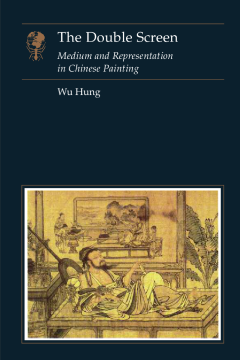
Additional Information
Book Details
Abstract
This book contemplates a large problem: what is a traditional Chinese painting? Wu Hung answers this question through a comprehensive analysis of the screen, a major format and a popular pictorial motif in traditional China. With a broad array of examples ranging from the early centuries C.E. to the 1800s, he explores the screen’s position in art – as an important site for artistic imagination, as an illusionary representation on a flat surface, and as an architectural device defining cultural conventions. A screen occupies a space and divides it, supplies an ideal surface for painting, and has been a favourite pictorial image in Chinese art since antiquity. With its diverse roles, the screen has provided Chinese painters with endless opportunities to reinvent their art.
The author argues that any understanding of Chinese painting must include discussion of its material forms as well as its intimate connection with cultural context and convention. Thus, The Double Screen offers a powerful non-western perspective on diverse artistic and cultural genres, from portraiture and pictorial narrative to voyeurism and masquerade, and will be invaluable to anyone interested in the history of art and Asian studies as well as to students and specialists in the field.
Wu Hung is Harrie A. Vanderstappen Distinguished Service Professor in Chinese Art History at the University of Chicago. He is the author of many books, including Remaking Beijing: Tiananmen Square and the Creation of a Political Space (Reaktion, 2005), The Art of the Yellow Springs: Understanding Chinese Tombs (Reaktion, 2010) and A Story of Ruins: Presence and Absence in Chinese Art and Visual Culture (Reaktion, 2011).
